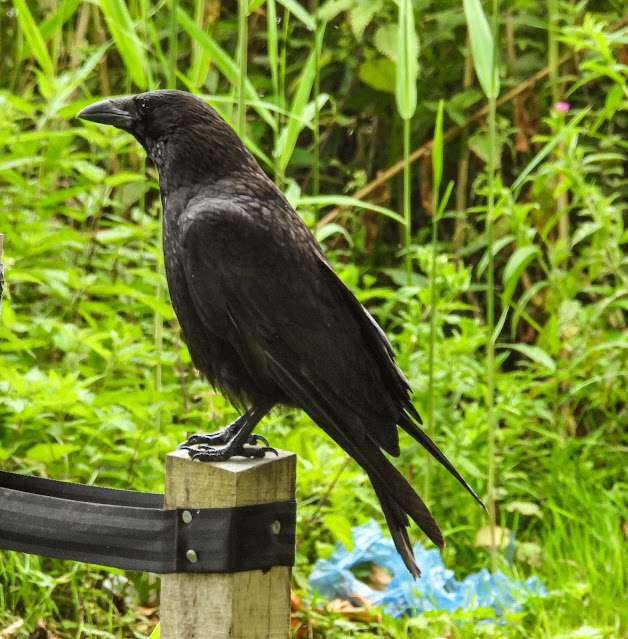The Canada goose (Branta canadensis), sometimes called Canadian goose, is a large wild goose with a black head and neck, white cheeks, white under its chin, and a brown body. It is native to the arctic and temperate regions of North America, and it is occasionally found during migration across the Atlantic in northern Europe. It has been introduced to France, the United Kingdom, Ireland, Finland, Sweden, Denmark, New Zealand, Japan, Chile, Argentina, and the Falkland Islands. Like most geese, the Canada goose is primarily herbivorous and normally migratory; often found on or close to fresh water, the Canada goose is also common in brackish marshes, estuaries, and lagoons.
Extremely adept at living in human-altered areas, Canada geese have established breeding colonies in urban and cultivated habitats, which provide food and few natural predators. The success of this common park species has led to its often being considered a pest species because of its excrement, its depredation of crops, its noise, its aggressive territorial behavior toward both humans and other animals, and its habit of stalking and begging for food, the latter a result of humans disobeying artificial feeding policies toward wild animals.
The black head and neck with a white "chinstrap" distinguish the Canada goose from all other goose species except the cackling goose and barnacle goose (the latter, however, has a black breast and gray rather than brownish body plumage). Some Canadian geese come with a pepper-spotted or brown neck with brown plumage, and these are assumed to be a leucistic variety.
Canada geese are primarily herbivores, although they sometimes eat small insects and fish. Their diet includes green vegetation and grains. The Canada goose eats a variety of grasses when on land. It feeds by grasping a blade of grass with the bill, then tearing it with a jerk of the head. The Canada goose also eats beans and grains such as wheat, rice, and corn when they are available. In the water, it feeds from aquatic plants by sliding its bill at the bottom of the body of water. It also feeds on aquatic plant-like algae, such as seaweed.

In urban areas, it is also known to pick food out of garbage bins. They are also sometimes hand-fed a variety of grains and other foods by humans in parks. Canada geese prefer lawn grass in urban areas. They usually graze in open areas with wide clearance to avoid potential predators.
During the second year of their lives, Canada geese find a mate. They are monogamous, and most couples stay together all of their lives. If one dies, the other may find a new mate. The female lays from two to nine eggs with an average of five, and both parents protect the nest while the eggs incubate, but the female spends more time at the nest than the male.
Its nest is usually located in an elevated area near water such as streams, lakes, ponds, and sometimes on a beaver lodge. Its eggs are laid in a shallow depression lined with plant material and down.

The incubation period, in which the female incubates while the male remains nearby, lasts for 24–32 days after laying. Canada geese can respond to external climatic factors by adjusting their laying date to spring maximum temperatures, which may benefit their nesting success. As the annual summer molt also takes place during the breeding season, the adults lose their flight feathers for 20–40 days, regaining flight about the same time as their goslings start to fly.
As soon as the goslings hatch, they are immediately capable of walking, swimming, and finding their own food (a diet similar to that of adult geese). Parents are often seen leading their goslings in a line, usually with one adult at the front and the other at the back. While protecting their goslings, parents often violently chase away nearby creatures, from small blackbirds to lone humans who approach: first giving a warning hiss, and then attacking with bites and slaps of the wings. Although parents are hostile to unfamiliar geese, they may form groups of a number of goslings and a few adults, called crèches.
The offspring enter the fledgling stage any time from six to nine weeks of age. They do not leave their parents until after the spring migration, when they return to their birthplace.



%2020.jpg)























%201.jpg)
%202.jpg)
%203.jpg)
%201.jpg)
%202.jpg)
%201.jpg)
%203.jpg)
%204.jpg)
%201.jpg)
%2020.jpg)



%2020.jpg)
%2020.jpg)
%201.jpg)
%202.jpg)
%203.jpg)


